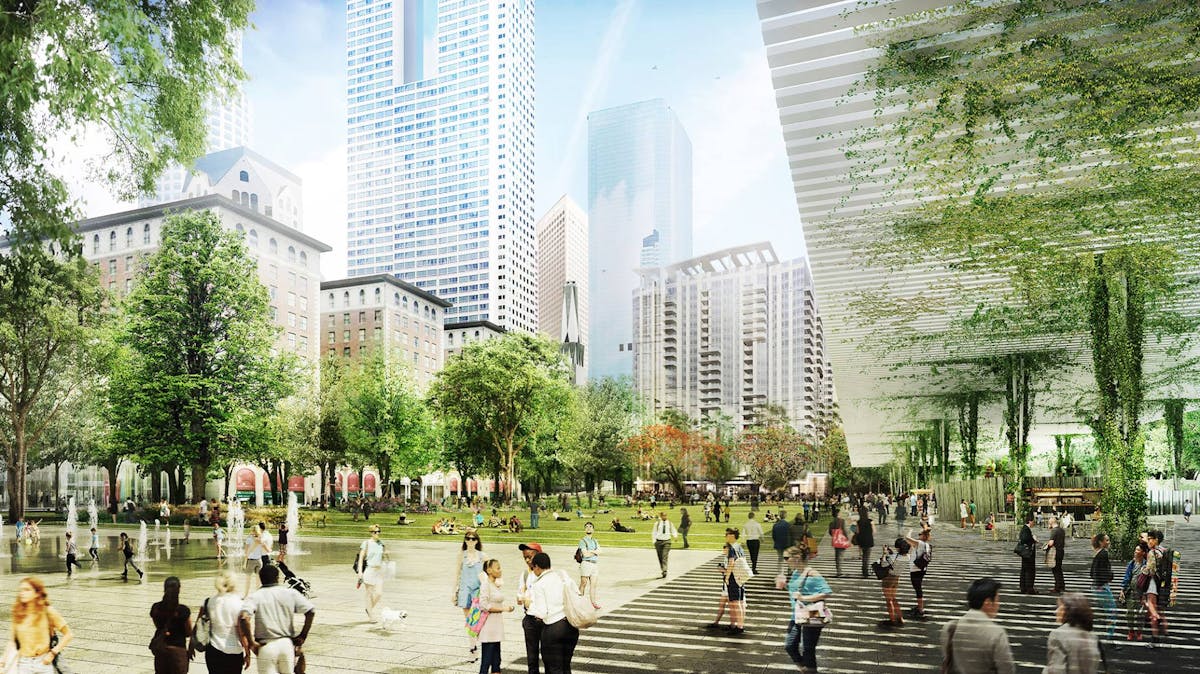“Sunlight was weaponized”: How shade has been an index of inequality in LA's urban design


Shade is often understood as a luxury amenity, lending calm to courtyards and tree-lined boulevards, cooling and obscuring jewel boxes and glass cubes. But as deadly, hundred-degree heatwaves become commonplace, we have to learn to see shade as a civic resource that is shared by all. In the shade, overheated bodies return to equilibrium. [...] Shade is thus an index of inequality, a requirement for public health, and a mandate for urban planners and designers.
In this longform piece, writer Sam Bloch delves into the history of how shade has served as an index of inequality in the urban design of Los Angeles, and how the city (and perhaps other locations) should learn to consider shade as an important public health requirement.
“People living in poor neighborhoods, many of them black and brown, are exposed not only to higher levels of air pollution, soil toxins, contaminated water, and flood risk, but also to higher temperatures on unprotected streets. [...] Maybe we ought to start talking about shade deserts, just as we talk about neighborhoods without grocery stores as food deserts,” Bloch writes.
“Look at what happened to Pershing Square, where sunlight was weaponized to clear out the ‘deviates and criminals,’” Bloch adds.
Yorumlar
Yorum Gönder